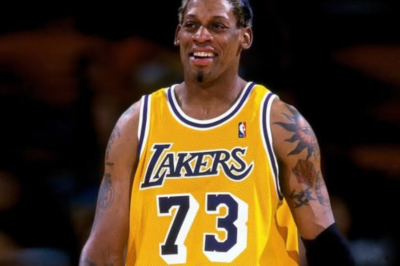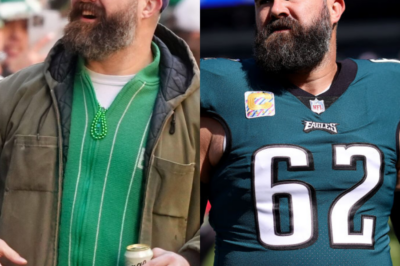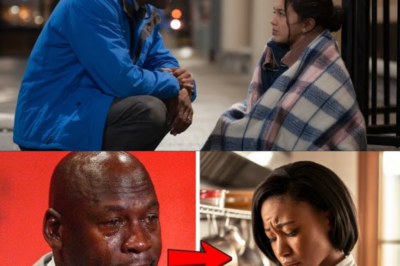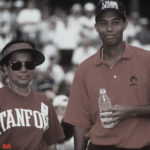Kendrick Lamar’s Super Bowl LIX halftime performance was a masterclass in layered storytelling, rich with symbolism and cultural commentary. Beyond the electrifying music and choreography, Lamar embedded numerous hidden messages that resonated deeply with audiences. Here are six of the most compelling elements from his performance:

1. The Divided American Flag
During the performance of “HUMBLE.,” Lamar’s dancers, dressed in red, white, and blue, formed the image of the American flag. At one point, they bent forward, symbolizing how America was built on the backs of Black Americans during slavery. Later, the dancers separated into two groups, creating a visual representation of the nation’s current political and cultural divisions. This powerful imagery underscored the line, “it’s a cultural divide,” highlighting the ongoing challenges of unity in the country.
2. The “Gloria” Jacket
Lamar donned a jacket emblazoned with the word “Gloria,” a reference to the closing track of his album GNX. Beyond promoting his music, “Gloria” (meaning “glory” in Spanish) symbolizes Lamar’s dedication to his craft and the elevation of Black culture through his art. The choice of attire served as a personal and artistic statement, reinforcing his commitment to storytelling and cultural commentary.
3. Samuel L. Jackson as Uncle Sam
In a surprising cameo, Samuel L. Jackson appeared dressed as Uncle Sam, the personification of the U.S. government. Throughout the performance, Jackson’s character attempted to critique and control Lamar’s artistic expression, echoing historical efforts to suppress Black voices. This interaction highlighted themes of censorship and the struggle for creative freedom, with Lamar ultimately asserting his autonomy and resisting external pressures.

4. The Lowercase “a” Necklace
Lamar wore a distinctive silver and diamond chain featuring a giant lowercase “a.” Fans speculated that this was a subtle jab at his rival, Drake. In his diss track “Not Like Us,” Lamar raps, “Tryna strike a chord and it’s probably A minor,” a line interpreted as a critique of Drake’s alleged relationships with younger women. The necklace served as a visual reinforcement of this lyrical diss, adding another layer to their ongoing feud.
5. Serena Williams’ Crip Walk
Tennis legend Serena Williams made a surprise appearance, performing the Crip Walk during “Not Like Us.” This dance, associated with West Coast gang culture, was a nod to both her Compton roots and a previous controversy when she performed the dance after winning a gold medal at the 2012 Olympics. Her participation added depth to the performance, intertwining themes of Black excellence, cultural expression, and defiance against criticism.

6. The Palestinian Flag Incident
Mid-performance, an individual emerged on stage waving a Palestinian flag attached to a Sudanese flag with the words “Gaza” and “Sudan” written on it, as well as a heart and a raised fist. This act was not part of the planned performance and was quickly addressed by security. While unplanned, the incident added a layer of political commentary, highlighting global struggles for freedom and justice.
Kendrick Lamar’s Super Bowl halftime show transcended entertainment, offering a profound commentary on societal issues through carefully crafted symbolism and performances. Each hidden message invited viewers to reflect on deeper themes, solidifying the performance as a culturally significant moment in Super Bowl history.















